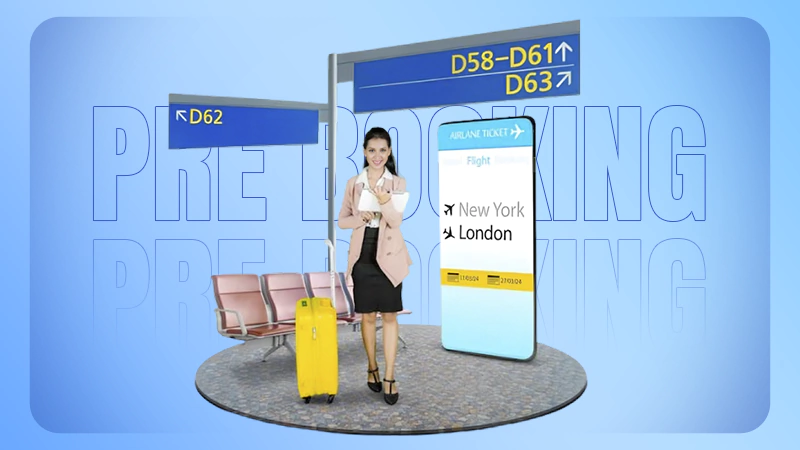FCC Considering to Require Broadband Labels and More Transparency
Jessica Rosenworcel is the Chairwoman of the Federal Communications Commission (FCC) and has recently discussed new measures that will likely be put in place shortly that would utilize broadband labels. These labels would be established so that consumers would get valuable information about the broadband network that they use such as the speed and the price compared to the information that they are being told by their provider.
The FCC should begin discussing the labels closer to the end of January when the organization holds its monthly meeting. Details in the infrastructure bill that was recently passed by the federal government already call for more transparency when it comes to internet providers. The bill that was passed will be discussed by the FCC so that the framework can be established for the labels and the exact information that will be revealed. HughesNet, Verizon, Frontier, Spectrum to name a few internet providers would need to let consumers know about introductory rates as well as overall prices along with data allowances and internet speeds so that consumers can make the best choice possible when it comes to selecting a provider instead of connecting with the first one that they see. Attaching broadband labels isn’t a new concept. However, it’s one that the FCC hasn’t really looked into as much until the infrastructure bill was passed.
Labeling the Details
The FCC looked into labels in 2016 and started crafting them so that they would be similar to what you might see on foods and beverages. The concept started due to the Open Internet Order that was established by the FCC in 2015, but the labels were voluntary instead of being required. Once the order was repealed, the labels were no longer used. There have been a few practice labels that have been examined with plans that detail prices for each month for services that are of 50 Mbps internet speeds. There were also other charges included in the internet bandwidth plans including usage fees and connection fees. The labels also listed details like the upload speeds and data allowances. If consumers can see that information from providers before they connect to the internet, then it can make it easier to compare services so that consumers get the best deal for the speeds that they need in their homes.
Pew Research Center conducted a study recently and found that about a quarter of households are concerned about paying their internet bill each month because the prices are so high or because the funding simply isn’t there for a service that’s needed for work and school. About half of Americans showed some kind of concern about the price of internet service just a month before the survey was conducted. Labels should help many Americans compare even the minor details that they need to see to make an educated choice about which internet provider that they will use. However, the broadband labels likely won’t come out all at one time and probably won’t make the price of internet service come down for some time. Consumers who might not need internet speeds that are as high as others can examine the price of each plan that’s available to see where they can save more money while also looking at higher speeds if they need faster service for more tasks that are performed at home.












